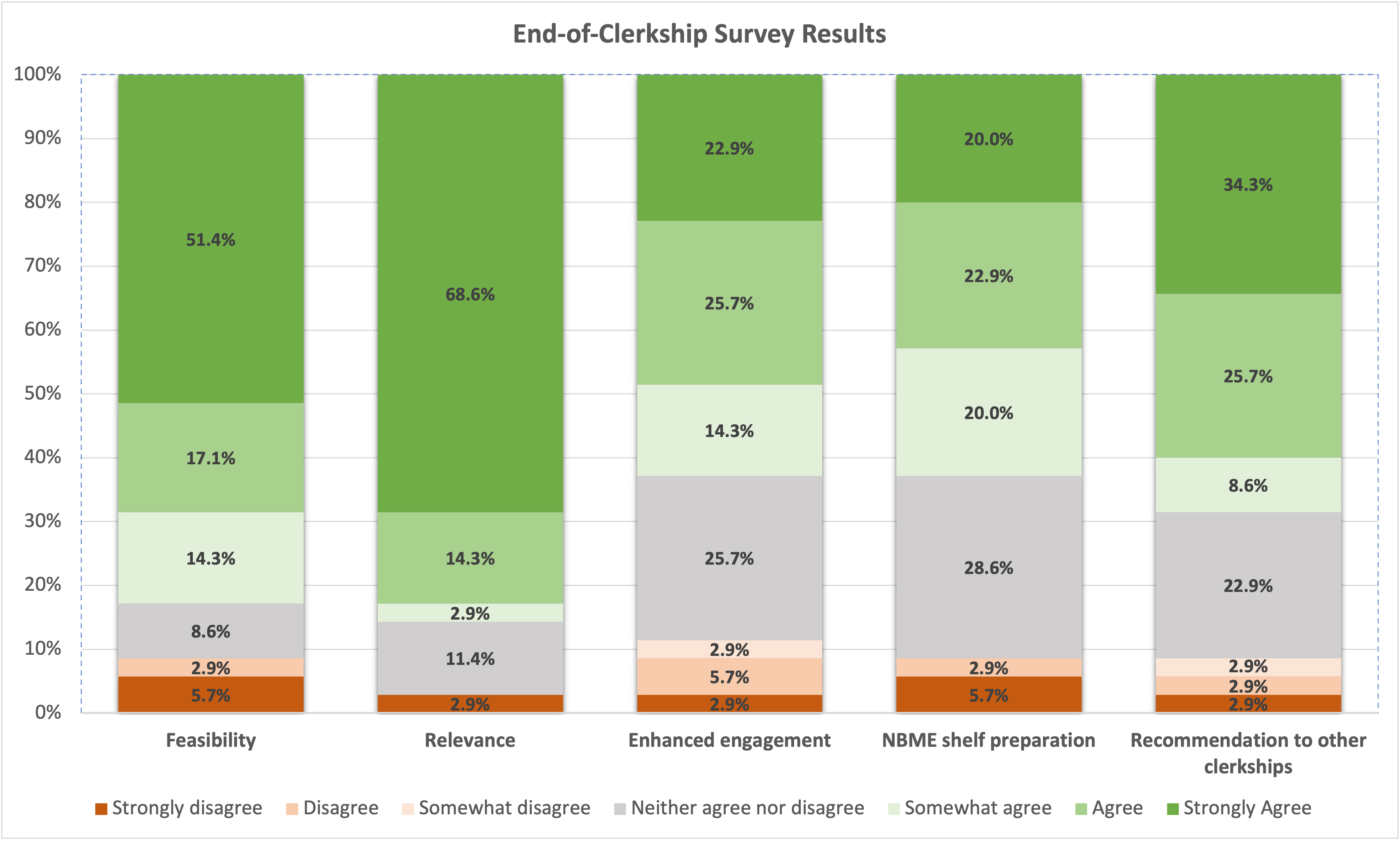Medical Education: Medical Student
Medical Education 2: Student 1
479 - Utilizing Instagram Stories for Asynchronous Learning in the Pediatric Clerkship: Curricular Design and Evaluation
Publication Number: 479.123
- MC
Maribeth Chitkara, MD (she/her/hers)
Professor of Clinical Pediatrics
Stony Brook Children's Hospital
Stony Brook, New York, United States
Presenting Author(s)
Background:
Given unique challenges associated with virtual and asynchronous learning during the COVID-19 pandemic, educators have sought to optimize social media for medical education. To our knowledge, the use of Instagram as an educational platform for pediatric clerkships has not yet been studied. We developed an Instagram Story-based supplemental curriculum for third-year pediatric clerkship medical students and reviewed its effectiveness.
Objective:
To qualitatively and quantitatively evaluate engagement with Instagram Story supplemental curriculum for third-year pediatric clerkship students.
Design/Methods:
We created 30 1-2 minute pediatric Instagram Stories, with topics including common pathologies. Each Story included topic specific risk factors, common presentations, diagnostic studies, treatment indications and examples, and one National Board of Medical Examiners (NBME)-style practice question with explanation. One Story was posted each weekday and summaries and extra questions were posted over the weekend during the 6-week clerkship. We collected interaction data for each Story, and on finishing the clerkship, students answered a voluntary survey with a 7-point Likert scale and free text comments to assess Story efficacy. Stories were then altered based on feedback received.
Results:
Across four separate clerkship blocks, we found that average retention rate, defined as the percentage of accounts that viewed an entire Story, was 58.2%; average quiz engagement rate, defined as the percentage of accounts that viewed and answered the quiz, was 34.6%; and average correct quiz response rate was 89.9%. The end-of-clerkship survey received 35 responses (Figure 1). A positive rating was defined as responding strongly agree, agree, or somewhat agree to a survey item. Students positively rated the Instagram activity for feasibility (82.9%), clerkship relevance (85.7%), facilitating engagement in material (62.9%), assisting in NBME exam preparation (62.9%), and as a recommendation to other clerkships (68.6%). Both positive and negative qualitative comments were received, including recommendations to improve the project which were implemented when possible.
Conclusion(s):
We found that Instagram Stories were a feasible way to engage students while providing relevant information and assisting in NBME exam preparation. Overall, students found the Stories to be effective and recommended expanded use of Instagram Stories for other clerkships. Our study highlights the positive potential for social media as a delivery method for medical education in pediatric clerkships.

